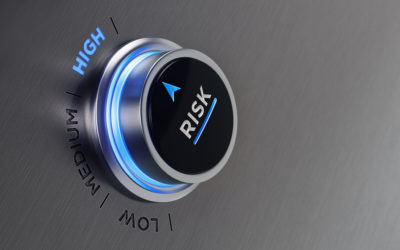If you want to reduce the costs and risks associated with workplace injuries and illnesses, you need to address safety and health right along with production. A plan must be written that includes procedures and is put into practice. Implementing an Injury and Illness Prevention Program (IIPP) will help you do this.
The IIPP will identify what has to be done to promote the safety and health of your employees, and the safety of your worksite. Taking an approach to loss control will make the workplace safe, decrease workers’ compensation and overtime costs, reduce turnover rates, and minimize the risk of Occupational Safety and Health Administration fines – all of which in turn will increase productivity and profits.
ESSENTIAL IIPP ELEMENTS
- Assignment of responsibility
- Communications
- Compliance
- Inspections
- Investigations
- Correcting unsafe conditions
- Training
- Record-keeping
Loss control starts with an authentic commitment from management. Employers should also ensure that supervisors, managers and employees are all on board and, together, the two collaborative teams will achieve success.
Hazard assessment, evaluation, actionplanning, problem-solving, implementation, record-keeping and documentation are the steps for a successful loss control plan.
Open communication with employees is important to facilitate a successful loss control program. Employee cooperation is connected to everyone understanding what the program is all about, why it is important to them and how it personally affects them.
Consider different channels via which your workforce can be informed, including meetings, e-mails, newsletters or check inserts. Training is an important aspect of your program to ensure everyone has a good understanding of workplace safety
STRONG DOCUMENTATION
Records are an important part of your safety plans. The following records should be maintained:
- Training
- Employee injuries
- Accident/injury investigations
- Inspection records/corrections
- OSHA 300 logs (where required)
- Job analysis
- Safety meetings
- Equipment and vehicle inspections
- CPR/first aid training
- DMV driving records
The takeaway
If you are ready to make the commitment of reducing injuries and illnesses and managing claims, you can expect your costs to go down and your profits to go up.
Get a Quote
If you’re looking for a team of specialists who can help your cannabis business navigate state laws and regulations like this, contact Cannabis Connect today for a free quote.








